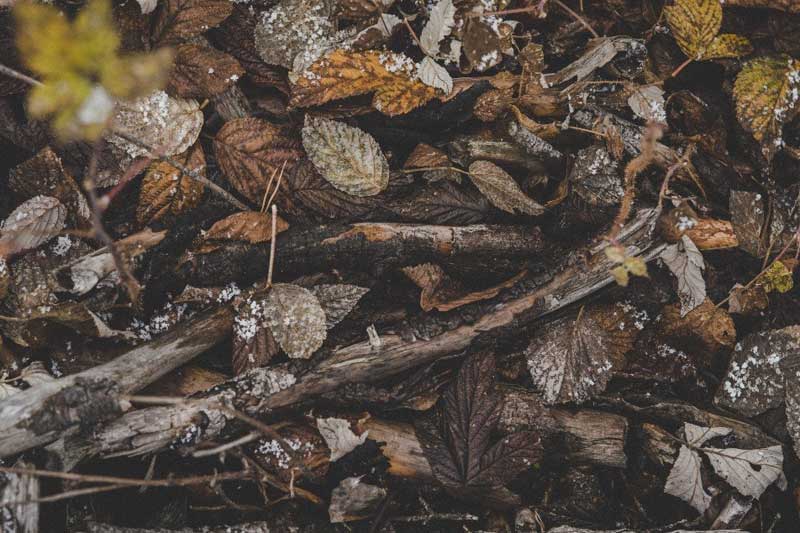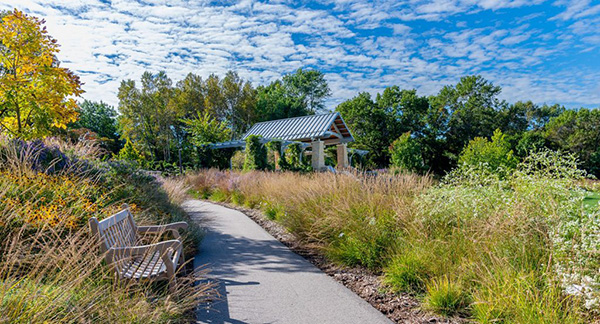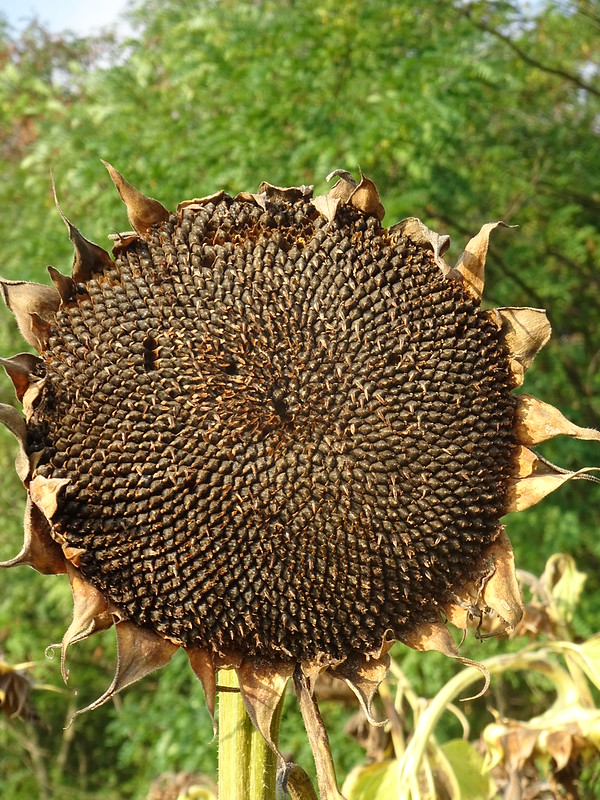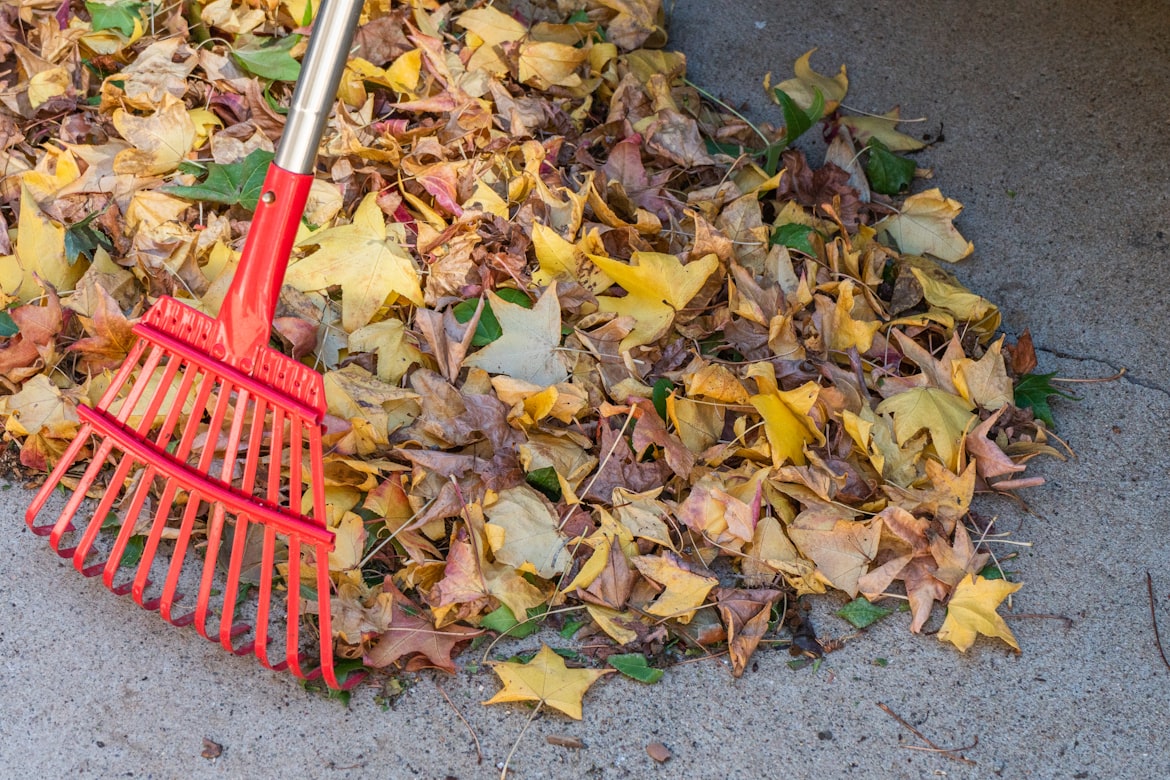Raking leaves, cutting back plants, and cleaning up our landscape is part of our typical fall checklist, but did you know that beneficial pollinators, insects, and other animals rely on autumn debris and dried plants for shelter and food in the winter?
Fall garden cleanup can also make spring gardening far easier as much of the work can be done ahead of time. Effective garden clean up can also prevent unwanted pests, weed seeds, and diseases from overwintering and causing problems when temperatures warm the following year.

There are actually several ways to get your garden ready for this upcoming winter without needlessly endangering the bugs and animals that call it home.
For one thing, you don’t need to have a completely clean and tidy garden in the fall after all. In fact, it’s actually good to leave many things in your garden or landscape alone until spring. Below are a few tips to help not only yourself, but the environment too!
Leave the Foliage
It’s easy to think that the clearer the garden is, the cleaner and better off it is. Not true! Dead plant materials are wonderful places for helpful insects to hibernate during the winter. If you clean flower beds of all plant material now, you very well could be harming all sorts of good bugs.
There’s one exception though. If your plant foliage shows disease, it’s better to cut the infestation and remove it entirely.

Schneider Famly Grand Garden, September 2019, PC: John Oates Photography
Leave the Leaves
You don’t need to have a completely clean garden and landscape in the fall. It’s actually a good thing to let a variety of things remain in your beds until spring. Leaves are a good example as they feed the soil during their breaking down process. If you’re up for it, you can choose not to rake, but if you’d rather have a tidier looking lawn, you can rake your leaves and then transport them to a specific area or to the beds themselves.
Once spring arrives, you’ll have some composted, nutrient plant material to use as mulch.
Leave the Flowers
Flowers such as coneflowers, sunflowers, and other prairie-type wildflowers have seeds that feed the birds and other wildlife through the winter. Leaving these flowers up and not cutting them back is a good way to provide a food and habitat source. Some insects overwinter in the lower one-third of the stalks too. If you need to cut them back, you can cut back the top two-thirds instead.

PC: Tim Ellis on Flickr
Ultimately, the best time to start your fall garden preparation is after the first few freezing nights have killed back much of the flowers and foliage on the plants. Freezing temperatures are a trigger for perennials that it’s time to begin the process of going dormant for the winter. In northeast Wisconsin, we typically see freezing overnight temperatures appear mid- to -late October.
Of course, you can start earlier than that if you want to. But be careful starting too early. If you start cutting back your plants too early, it could trigger new plant growth, and that’s definitely something you don’t want to do in fall.

Want to be even more helpful to beneficial pollinators and other insects this fall and winter? Check out our “Untidy Your Yard” handout for additional tips!





